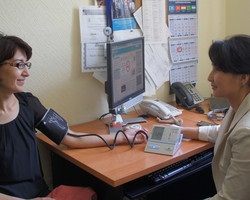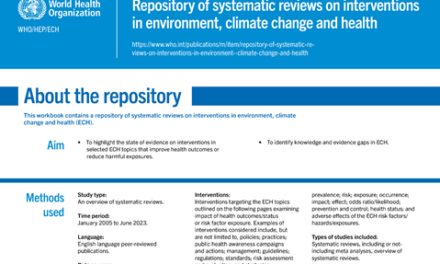LOS ANGELES, CA – A new study published in the Journal of the American College of Cardiology: Advances has revealed that women with seemingly normal blood pressure during pregnancy, but who lack the typical mid-pregnancy drop, face a significantly increased risk of developing hypertension within five years postpartum. This finding could lead to earlier interventions for a group of women currently overlooked by standard medical guidelines.
Researchers from the Keck School of Medicine of USC and the University at Buffalo tracked the blood pressure of 854 women during pregnancy and up to five years after giving birth. The longitudinal study identified three distinct blood pressure patterns:
- Low Blood Pressure (80.2%): Systolic blood pressure remained consistently low throughout pregnancy.
- High Blood Pressure with Mid-Pregnancy Dip (7.4%): Blood pressure started high, dropped during the second trimester, and then increased again.
- Slightly Elevated Blood Pressure, No Dip (12.4%): Systolic blood pressure was slightly elevated but remained within a clinically normal range, with no drop during the second trimester.
The study found that the 12.4% of women with slightly elevated blood pressure and no mid-pregnancy dip had a 4.91 times higher risk of developing hypertension within five years postpartum compared to the low blood pressure group. This group, according to the researchers, would not be flagged as high-risk by current clinical criteria.
“This group of women would not be identified as having higher long-term hypertension risk by any of the current clinical criteria, since their blood pressure remained below diagnostic thresholds and most did not have other traditional risk factors,” said Shohreh Farzan, Ph.D., associate professor of population and public health sciences at the Keck School of Medicine of USC and the study’s senior author.
The research suggests that tracking blood pressure patterns throughout pregnancy, rather than relying solely on individual readings, could help identify this at-risk group. This could allow for early interventions to prevent cardiovascular disease.
“Our study helps fill that gap in understanding when it comes to hypertension,” said Zhongzheng (Jason) Niu, Ph.D., a Presidential Sustainability Solutions Fellow at USC and an assistant professor of epidemiology and environmental health at the University at Buffalo, and the study’s first author.
The researchers also found that women with high blood pressure and a mid-pregnancy dip, a group already recognized as high-risk, had a 5.44 times higher risk of postpartum hypertension.
The findings highlight the importance of understanding women’s heart health during the period between pregnancy and menopause, a window often overlooked in medical research. The researchers suggest that simple changes in clinical practice, such as mapping blood pressure throughout pregnancy, could help identify and treat this high-risk group. They also suggest that the American Heart Association (AHA) may consider adjusting its guidelines for blood pressure during pregnancy.
Future studies will aim to replicate these findings and explore the role of environmental factors in blood pressure patterns during and after pregnancy.
Disclaimer: This news article is based on the provided information and should not be taken as medical advice. Consult with a healthcare professional for any health concerns or before making any decisions related to your health or treatment. The findings of this study may not be applicable to all individuals, and further research is needed to confirm and expand upon these results.












